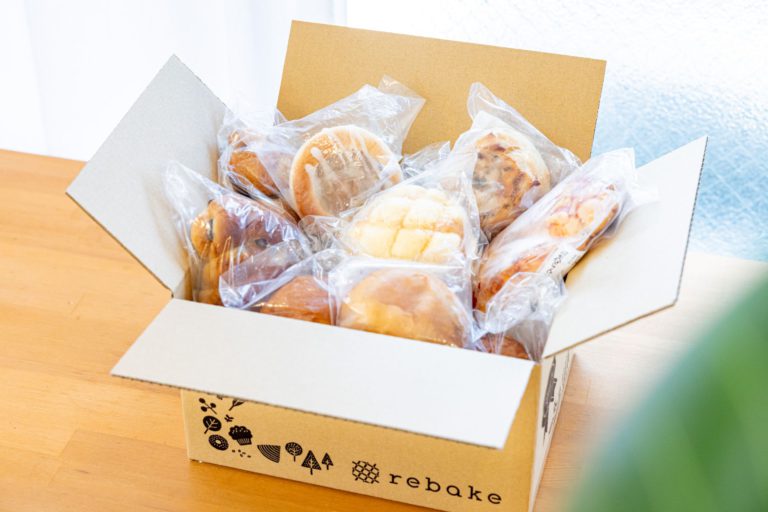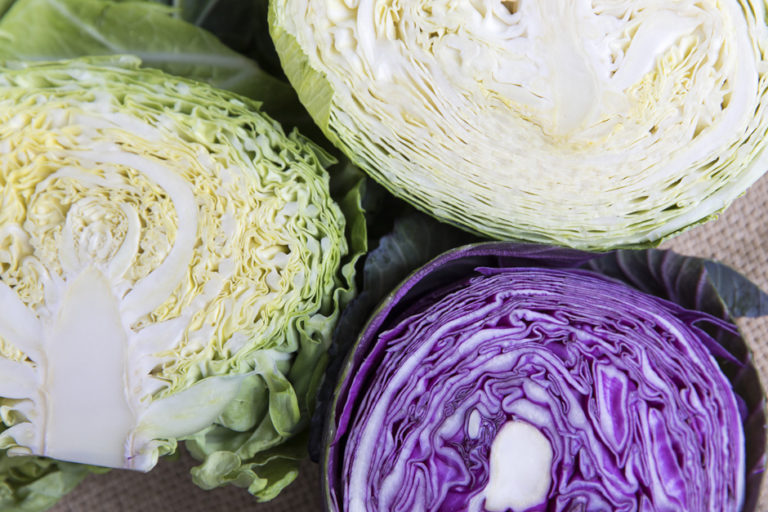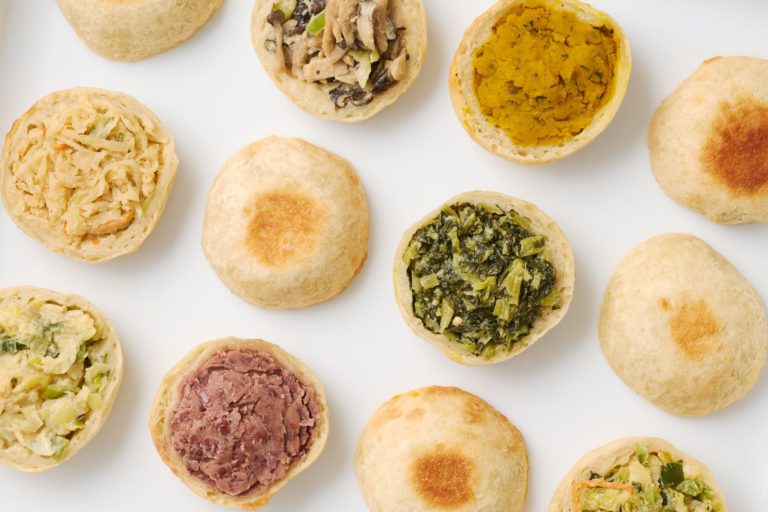Report on the SHUN GATE 10th Anniversary Regional Revitalizers Summit Breakout Session E – Thoughts are the Source of All Creativity
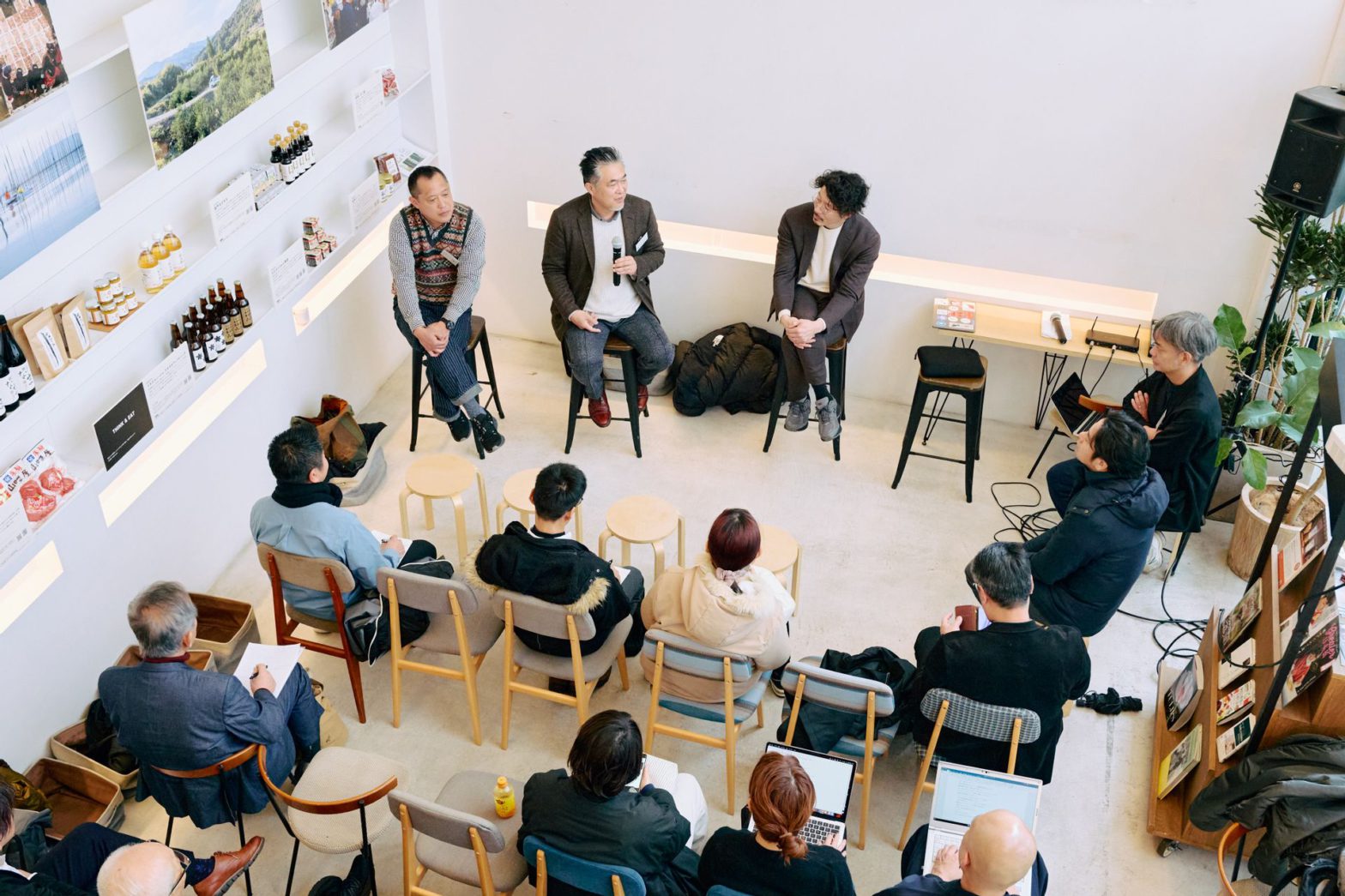
<Speakers>
Atsuhiko Izawa, President, Izawa Ichigoen
https://shun-gate.com/roots/roots_136/
Yoshifumi Watanabe, President, Watanabe Shoten
https://shun-gate.com/roots/roots_1/
Narihiro Suzuki, President, Nikenjaya Mochi Kadoya Honten
https://shun-gate.com/roots/roots_72/
Facilitator, Yu Mizushiro, good mornings, Co., Ltd.
“I actually built it for my wife.” Countryside stay & renovated 80-year-old stone warehouse complex / Atsuhiko Izawa (Shimotsuke, Tochigi Prefecture)
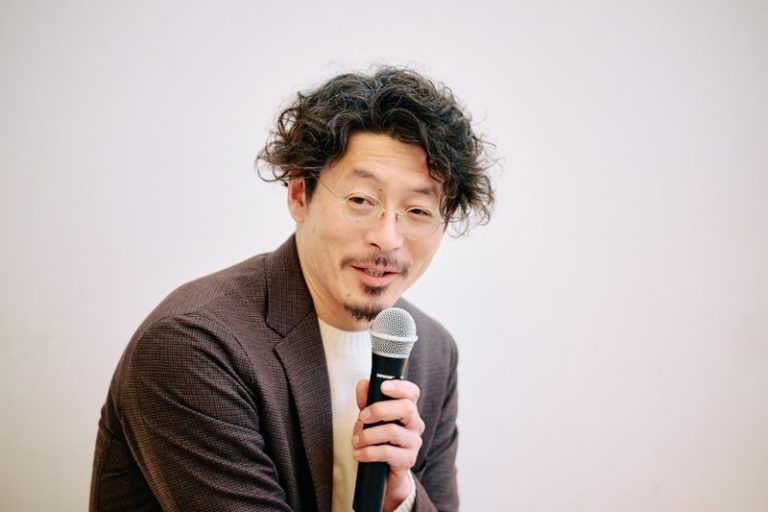
Izawa: My company owns a gelato shop, a restaurant, and a shop called Nikko Dorabatasan in Nikko, in addition to running a strawberry farm in Shimotsuke, Tochigi Prefecture. I used to work feverishly as an art director for an ad agency in Tokyo before returning home to take over the family business when I was 29. In 2021, I refurbished an 80-year-old stone storehouse owned by JA and launched my dream project, Yoshidamura Village. I used the Countryside Stay grant, and the building has rooms for tourists to stay and experience farming. It also has a bakery, florist and farmers market corner.
Yoshidamura Village is actually a place in which I crammed a lot of things for my wife. I took my wife, a Tokyo native, to the countryside, which had little to offer, so I developed something to bring her joy. That struck a chord with women with high sensibilities, and it has since become a popular destination for approximately 30,000 tourists each year. The building itself has garnered high praise, winning the top Marronnier Architectural Awards prize, the most prestigious in Tochigi, and being chosen to represent Japan at the International Union of Architects (UIA). The total construction costs were 150 million yen. Thanks to the 50 million yen grant, I’ve just about paid off the interest. It’s not that the town has nothing to offer. It just means you can do whatever you want. I’m creating places with the idea that we have agricultural material and history, but what matters is the people and their imagination.
Creating a product begins with actual farming. Producing the ultimate safe and secure food brand over 20 years. Shizenha Kikuchimura / Yoshifumi Watanabe (Kikuchi, Kumamoto Prefecture)
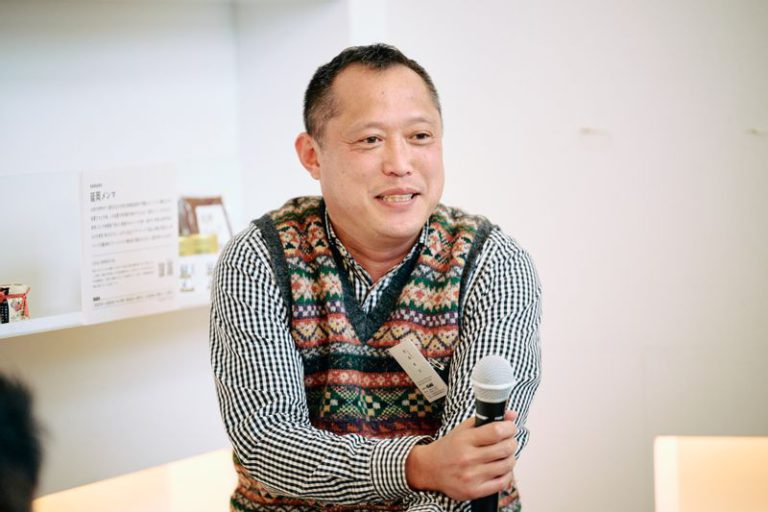
Watanabe: My company has a food brand called Shizenha Kikuchimura, which has both an online and a physical store. We also started a food processing plant called Honmono no Are Kenkyujo, a tour project where we visit farmers, and a lodging business where we rent out the entirety of an old house to inbound tourists. Shizenha Kikuchimura only sells produce from “real” farms. To grow produce with the greatest safety and security, we begin by cultivating healthy soil with microorganisms. We utilize neither organic nor non-organic fertilizers. Even with organic farming, if the animal that provides the compost material is treated with antibiotics or growth hormones, it will contaminate the crops. Our online store’s consumers are largely repeat customers, and the store now has approximately 20,000 customers. We began organizing tours to visit food producers about ten years ago, and I devote myself to sharing with people information about who produces the products and how they are made.
We also run GOYADO, which is basic accommodation at the foot of Mount Aso’s outer rim that was once a dilapidated barn that we rebuilt and is now doing well. That’s because we have no labor expenditure. We rent out the building to six to ten people, and check-in and check-out are automated. We also don’t serve food, other than supplying a BBQ set. That way, the only job required is cleaning. The rate per stay is around 10,000 yen per customer, which means we earn between 50,000 and 80,000 yen a day. It’s about a 15-minute drive from Aso Kumamoto Airport, so I’m seeing more inbound customers. It demonstrates that Kikuchi’s most valuable asset is its rich natural surroundings. We recently purchased another old house, which we also plan to turn into a lodge.
“I want to have fun with microorganisms, which are my passion.” Narihiro Suzuki, the 21st-generation proprietor of a long-standing rice cake shop captivated the world with his Ise Kadoya Beer craft beer (Ise, Mie Prefecture)
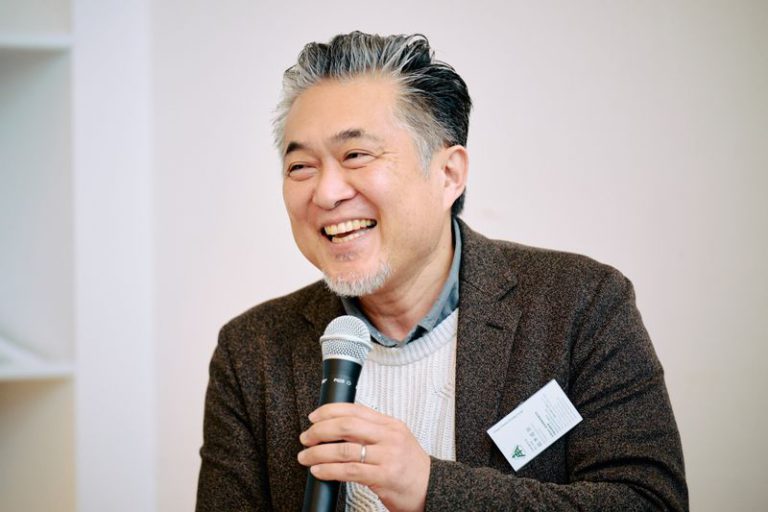
Suzuki: I am the 21st-generation owner of Nikenjaya Mochi Kadoya Honten, which was established in 1575. It seemed a given that I would take over the family business seemed a certainty, but actually I’ve been fascinated by insects and microorganisms since I was a child, so I focused my senior year of university on studying the latter. After graduation, I worked in my family’s mochi shop, which renewed my ambition to work with yeast. I also wanted to challenge myself in the larger world, so I started making craft beer in 1997, just as restrictions were relaxed. However, my beer didn’t sell at all, so I resolved to build my brand by winning a gold medal in a world championship in five years. I began by becoming a person who selects the beer, so I qualified as a judge for international competitions and served as a judge in a US championship in 1999. After witnessing the world’s evaluation standards, I focused my efforts on manufacturing beer and won the gold medal at the Australian International Beer Awards 2003.
I was finally able to make a living with beer in 2003. While serving as the company president in 2011, I enrolled in a doctoral program at Mie University to further my understanding of yeast. I took yeast from the forests of Ise, examined their characteristics, and created a beer that best showcased their abilities. I use locally sourced yeast. Today, I not only collect wild yeast, but I’m also working on gene editing to allow the yeast to produce the desired aroma. We’re a small business in the countryside, but we get a lot of visitors who are interested in what we do, and I believe we’re helping to revitalize our town, even if just a little.
It all started with an individual’s desire
After the three speakers’ stories, we moved on to Q&A. Masanori Sugiyama, representing Masuya Shoten, who was in the audience, joined in and asked questions. Here is a summary.
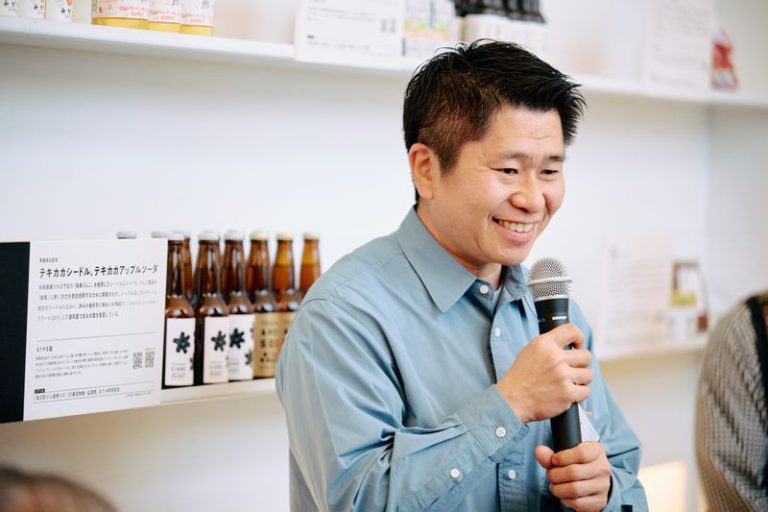
Question from Sugiyama of Masuya Shoten
Q. I’m Masanori Sugiyama from Masuya Shoten, and I’ve come from Tokachi, Hokkaido. My company began as a bakery in 1950 and currently has seven bakeries. Tokachi ranks fourth in terms of agriculture in Japan, and our food self-sufficiency rate exceeds 1,000%. In 2012, we transitioned to using Tokachi flour for all of our products across all outlets. We intend to continue employing locally grown products to improve the micro-happiness of our communities. This is a question for Mr. Watanabe: What do you believe the future of agriculture should be like?
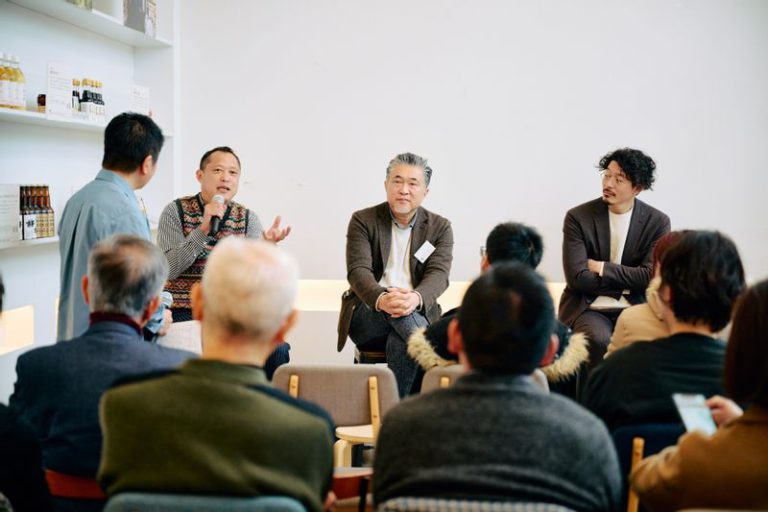
Watanabe: I began Shizenha Kikuchimura 25 years ago due to my worries about a future food crisis. I feel that fairly priced distribution is required to support agriculture. Despite rising costs, the price of vegetables at roadside rest stops has remained constant for the past 30 years. If a cabbage costs 400 yen, it’ll make the headlines. I buy farm produce at the farmers’ asking prices. Unless we raise farm product prices, there will be no new generation of farmers. Shizenha Kikuchimura prioritizes explaining the value and background of items to the consumers who will ultimately pay for them.
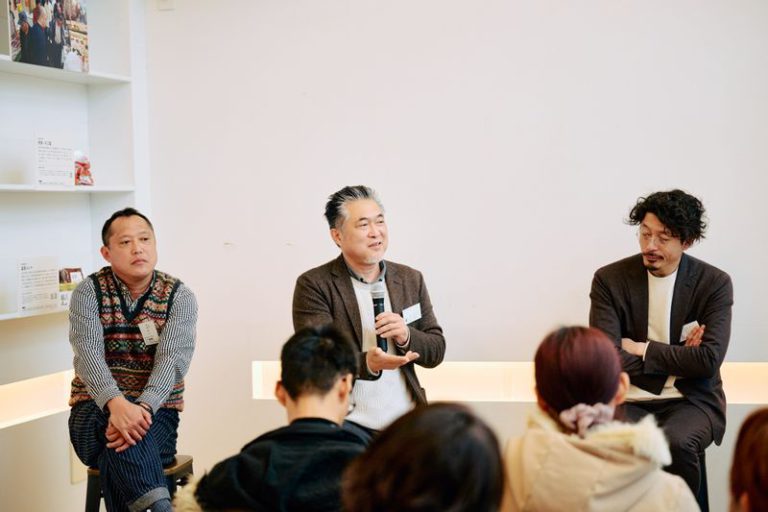
Questions from members of the audience
Q. What’s the production scale of Ise Kadoya Beer?
Suzuki: I believe we rank first in the three Tokai prefectures and third or fourth nationwide in terms of shipment volume. Around the time we were approaching sales of one billion yen, we began to have not only the motive to “just make good products” but also the desire to make people’s lives just a little bit better by having our beer there. Our canned beer also bears the message “Cheers To Your Life!” and we try to convey this sentiment to our employees and part-timers.
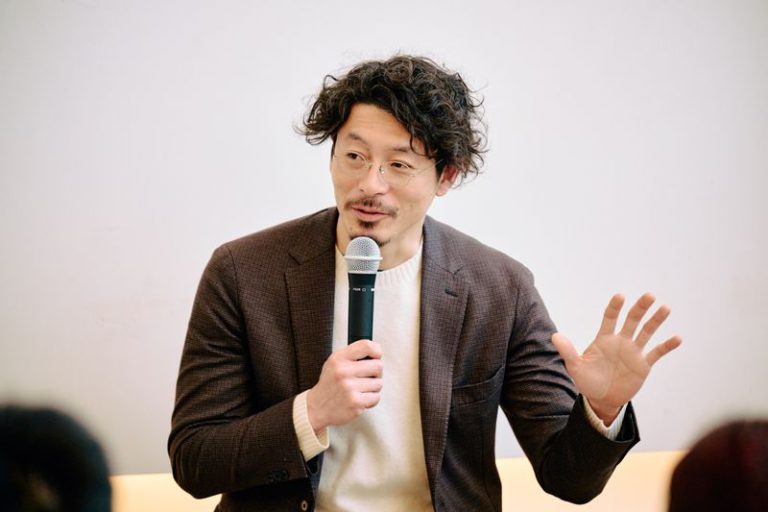
Q. Did you create Yoshidamura Village for people from outside or for locals?
Izawa: I opened the shop for my wife, but the Yoshidamura Festival came before it. That eventually worked as test marketing, and it became clear that if I did what I wanted to do, it would attract urban women with high sensibilities. I used the example to design the interior and look of Yoshidamura Village.
The lively chat show ended as it ran over time. All three stories shared a true desire to achieve something specific before setting the objective of “creating a hit product” or “making the town more exciting.” Something is created out of such a desire. The chat show let us realize something that is so simple.


